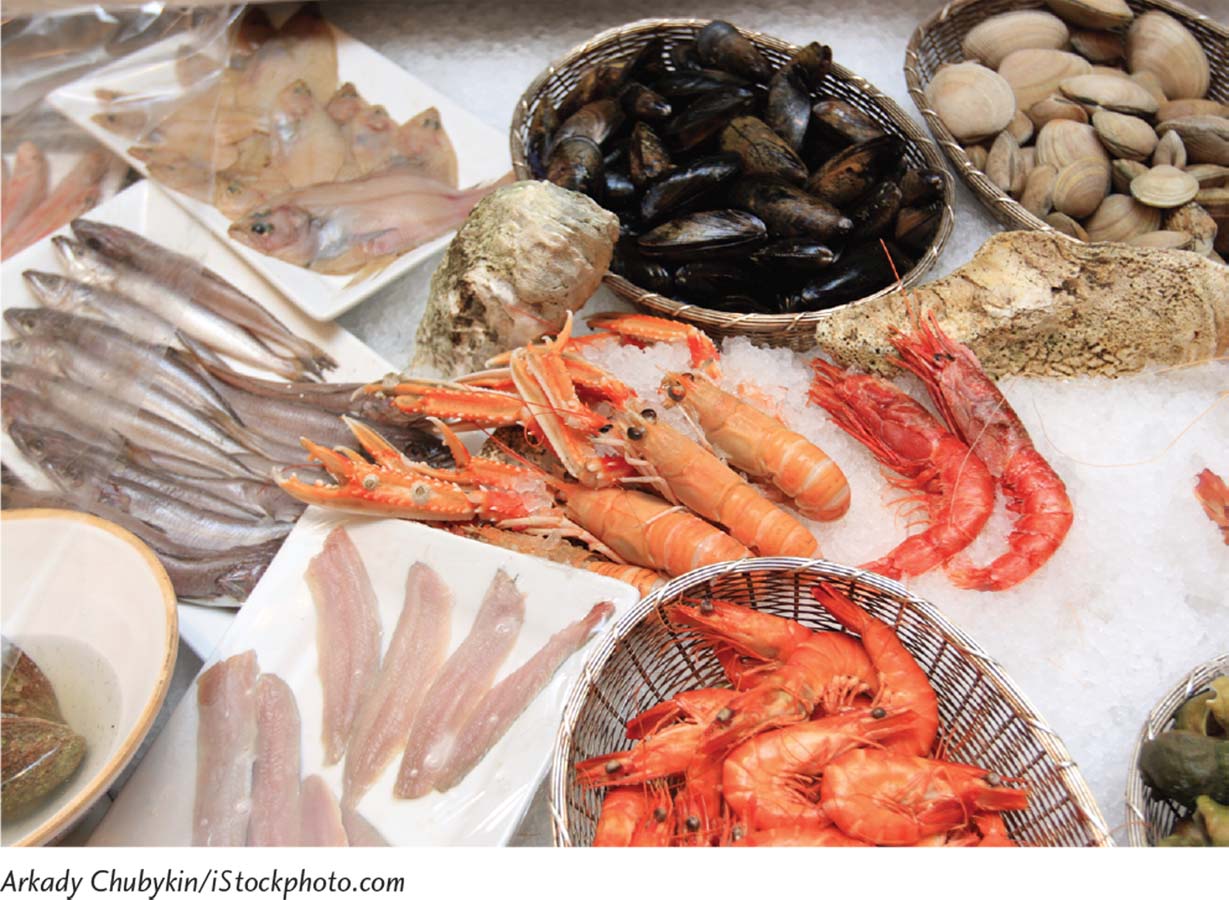working toward  sustainability
sustainability
Protecting the Oceans When They Cannot Be Bought
For over 50 years, The Nature Conservancy (TNC) has protected biodiversity by using a simple strategy: Buy it. The Conservancy uses grants and donations to purchase privately owned natural areas or to buy development rights to those areas. TNC owns over 0.8 million hectares (2 million acres) of land and has protected over 46 million hectares (115 million acres) of land by buying development rights. As a nonprofit, nongovernmental organization, TNC has great flexibility to use innovative conservation and restoration techniques on natural areas in its possession.
TNC focuses its efforts on areas containing rare species or that have high biodiversity, including the Florida Keys in southern Florida and Santa Cruz Island in California. Recently, it has set its sights on the oceans, including coastal marine ecosystems. Coastal ecosystems have experienced steep declines in the populations of many fish and shellfish, including oysters, clams, and mussels, due to a combination of overharvesting and pollution. By preserving these coastal ecosystems, TNC hopes to create reserves that will serve as breeding grounds for declining populations of overharvested species. In this way, protecting a relatively small area of ocean will benefit much larger unprotected areas, and even benefit the very industries that have led to the population declines.
Shellfish are particularly valuable in many coastal ecosystems because they are filter feeders: They remove tiny organisms, including algae, from large quantities of water, cleaning the water in the process. However, shellfish worldwide have been harvested unsustainably, leading to a cascade of effects throughout many coastal regions. For example, oyster populations in the Chesapeake Bay were once sufficient to filter the water of the entire bay in 3 to 6 days. Now there are so few oysters that it would take a year for them to filter the same amount of water. As a result, the bay has become much murkier, and excessive algae have led to lowered oxygen levels that make the bay less hospitable to fish.
Conserving marine ecosystems is particularly challenging because private ownership is rare. State and federal governments generally do not sell areas of the ocean. Instead, they have allowed industries to lease the harvesting or exploitation rights to marine resources such as oil, shellfish, and physical space for marinas and aquaculture. So how can a conservation group protect coastal ecosystems if it cannot buy an area of the ocean? The Nature Conservancy’s strategy is to purchase harvesting and exploitation rights and use them as a conservation tool. In some cases, TNC will not harvest any shellfish in order to allow the populations to rebound. In many cases, the leases require at least some harvesting, and TNC hopes to demonstrate sustainable management practices that will serve as an example of how shellfish harvests can be conducted while restoring the shellfish beds.
175

In 2002, TNC acquired the rights to 4,650 ha (11,500 acres) of oyster beds in New York’s Great South Bay, along the southern shore of Long Island. These rights, which were donated to TNC by the Blue Fields Oyster Company, were valued at $2 million. TNC developed restoration strategies and in 2010 reported that populations of shellfish were starting to show signs of recovery. After the oyster populations have rebounded, TNC hopes to engage in sustainable harvesting over part of this area and conduct research in the rest of it. TNC has similar projects under way off the coasts of Virginia, North Carolina, and Washington State. In California, TNC has purchased trawling permits and, by allowing them to go unused, has secured a no-
TNC has recently expanded its efforts in California, where it buys not only fishing leases but even fishing boats. It then hires the former fishermen to fish in a more sustainable manner. For example, TNC has its fisherman post any information about areas of the ocean where they accidentally catch protected species, which helps other fishing boats avoid these areas. One result is that the amount of unintended species caught, known as “bycatch,” has declined from between 15 to 20 percent to only 1 percent. In making these changes, TNC has found effective ways to continue the tradition of fishing that provides jobs to the local communities while working to ensure that the fish populations persist long into the future.
Critical Thinking Questions
What are the advantages of working to increase fish populations by leasing areas of the ocean and banning fishing in those areas versus leasing areas and working with local commercial fishing boats to change fishing practices?
What are some of the challenges in getting commercial fishing operations to change their practices?
References
The Nature Conservancy. 2002. Leasing and Restoration of Submerged Lands: Strategies for Community-
The Nature Conservancy. 2006. Annual Report. http:/
Partnership Preserves Livelihoods and Fish Stocks. New York Times, November 27, 2011. http:/